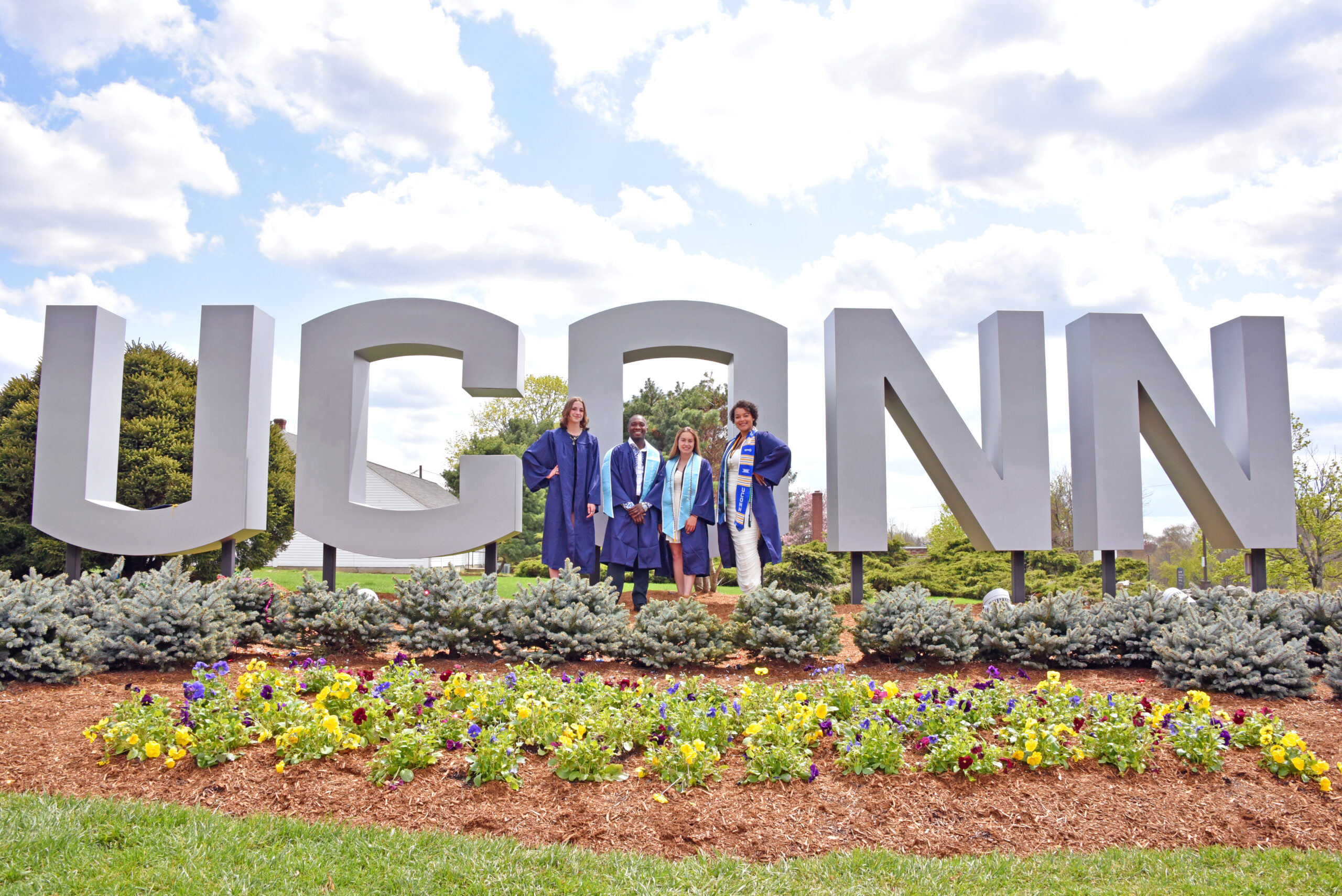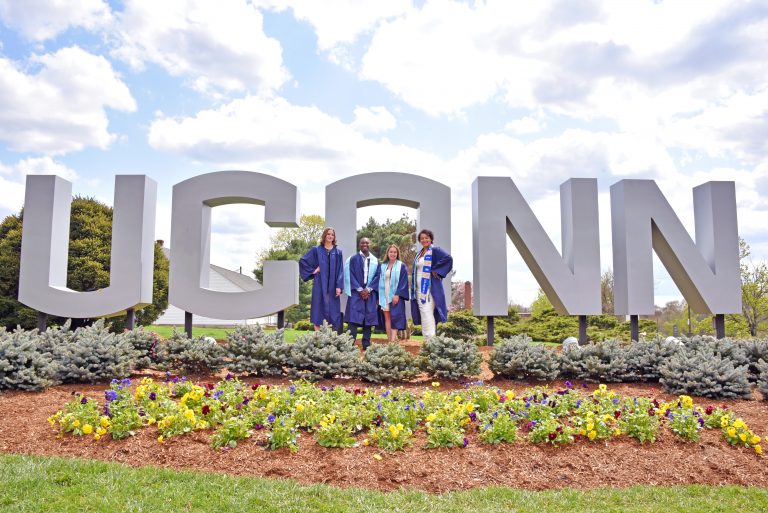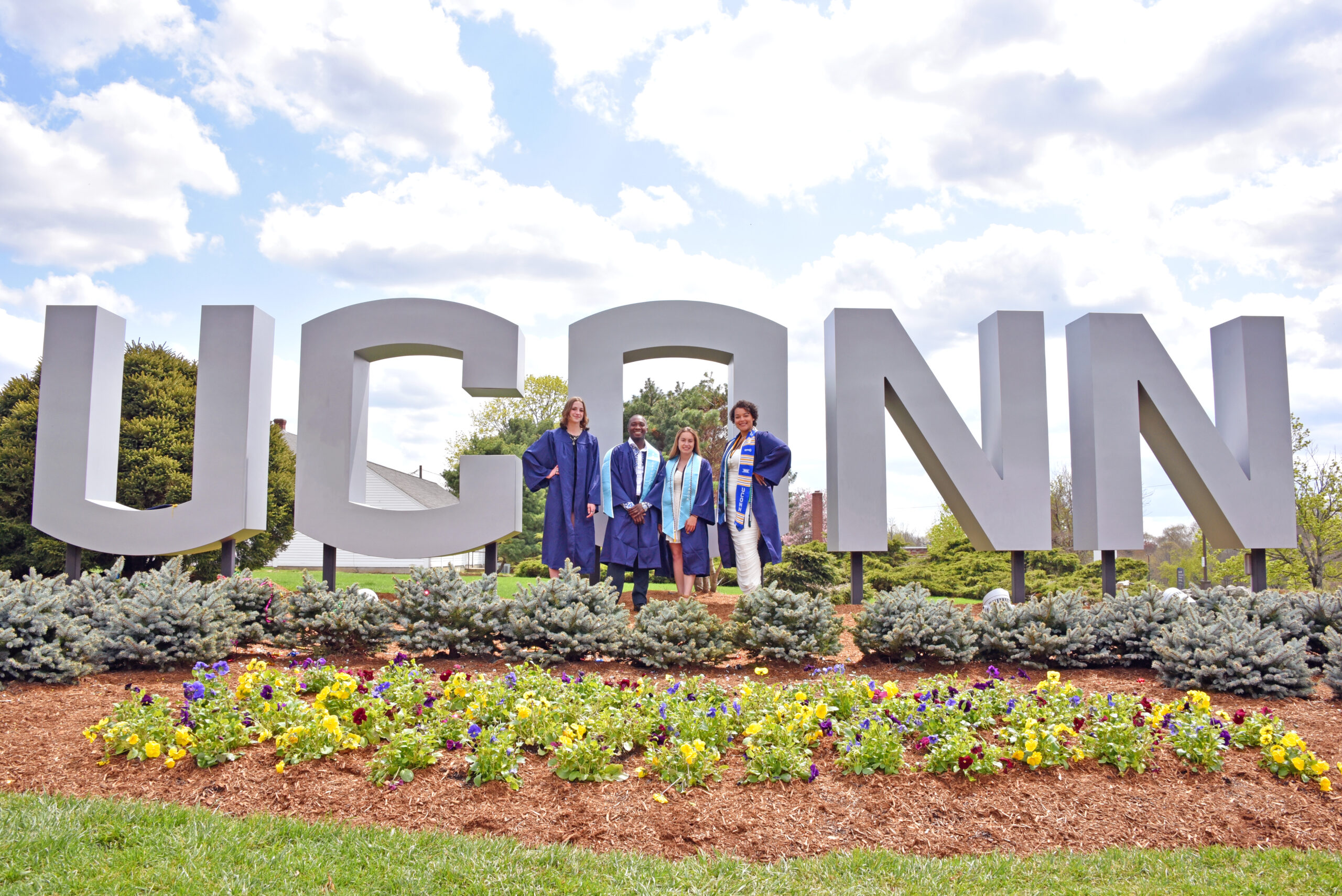## Beyond Bits and Bytes: UConn Researchers Unlocking the Quantum Future
Imagine a world where computers process information at speeds unimaginable today, where materials are designed atom by atom, and where encryption becomes unbreakable. This isn’t science fiction; it’s the promise of quantum technology, and the University of Connecticut is at the forefront of this revolutionary field.

The Research Partnership and Its Implications

The collaboration between Rigetti Computing and UConn researchers is a significant step forward in the development of quantum technology. The partnership brings together experts in materials science, condensed matter physics, and quantum computing to tackle one of the biggest challenges in the field – the presence of two-level system (TLS) defects.
The Air Force Office of Scientific Research (AFOSR) has awarded Rigetti Computing and its research partners a $5.48 million grant to further develop chip fabrication technology. The project seeks to address the defects in superconducting qubits – the basic units of quantum information – through the development of state-of-the-art materials.

The Importance of Understanding the Physics Behind TLS Defects
According to UConn Physics and IMS Prof. Alexander Balatsky, understanding the properties of materials at the electronic and atomic levels is critical to developing this revolutionary technology. UConn’s world-class scientists and engineers are going to play an important role in this research, exemplifying Connecticut’s commitment to advancing quantum science and its many applications.
The interdisciplinary and international project underscores the importance of academic collaboration with private industry. The consortium includes Rigetti, Iowa State University, the Royal Melbourne Institute of Technology, and the Lawrence Livermore National Laboratory.

Cutting-Edge Quantum Material Modeling and Simulation
UConn Physics and IMS Prof. Alexander Balatsky, a condensed matter theorist focused on next-generation quantum technology, leads a team working to isolate, control, and eradicate TLS defects from contemporary quantum devices. The team will focus on cutting-edge quantum material modeling and will use supercomputers to simulate how TLS defects form and behave at the atomic level.
Research will take place at the Institute for Materials Science. “UConn is positioning itself as a key hub for quantum materials and quantum technologies research. The goal isn’t just to keep pace – it’s to lead,” Balatsky says.

The Role of Supercomputers in Understanding TLS Defects
Supercomputers play a crucial role in understanding TLS defects. By simulating the behavior of TLS defects at the atomic level, researchers can gain insights into how these defects form and how they can be mitigated. The use of supercomputers enables researchers to model complex materials and systems that are difficult or impossible to study using traditional experimental methods.
The simulations will provide valuable insights into the physics behind TLS defects, enabling researchers to design new materials and systems that minimize the impact of these defects.

The Novel Technique of Alternating-Bias Assisting Annealing (ABAA)
The ABAA technique, developed by Rigetti Computing, has shown great promise in mitigating TLS defects. The technique involves the application of alternating electric pulses to reduce TLS disruption, proving that the disruptions could be mitigated.
The ABAA discovery has ignited a storm of interest across the globe, and the team that learns how to improve materials for qubits will enable a major advance in the field.

Practical Applications and Future Directions
The potential of quantum technology across various fields and industries is enormous. Quantum technology has the potential to revolutionize fields such as medicine, finance, and cybersecurity, among others.
The UConn researchers are leading the next generation of quantum technology, and the future of quantum materials and quantum technologies research looks bright. The collaboration between Rigetti Computing and UConn researchers is a significant step forward in the development of quantum technology.
The future of quantum technology holds much promise, and the research being conducted at UConn is at the forefront of this exciting new field.
Conclusion

Conclusion: Powering the Next Generation of Quantum Technology
As we conclude our exploration of the groundbreaking research at the University of Connecticut’s (UConn) quantum technology initiatives, it’s clear that the future of innovation is being shaped by the power of quantum computing. The article highlighted UConn’s efforts to harness the potential of quantum technology, from developing novel quantum materials and systems to exploring new applications in fields like medicine and cybersecurity. By investing in cutting-edge research and fostering collaborations between academia and industry, UConn is not only advancing the frontiers of quantum technology but also positioning itself as a leader in this rapidly evolving field.
The significance of this research cannot be overstated. Quantum technology has the potential to revolutionize the way we approach complex problems in fields like medicine, finance, and climate modeling. As we continue to push the boundaries of what is possible, we are not only driving innovation but also creating new opportunities for economic growth and social impact. The implications of this research are far-reaching, with the potential to transform industries and improve the lives of millions of people worldwide. As we look to the future, it’s clear that the power of quantum technology will continue to shape the world we live in, and UConn’s contributions will be at the forefront of this revolution.

